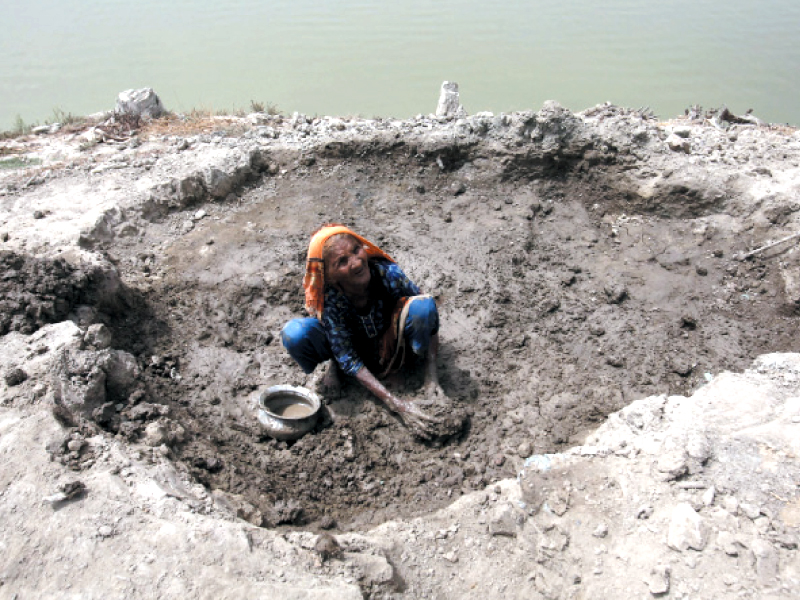
“An integrated approach, which includes measures to prevent disaster and to mitigate its impact, needs to be developed,” he added. He was speaking at the concluding session of a seven-day-long workshop on disaster management organised by PPAF in Hyderabad.
The National Rural Support Programme and three other Sindh-based NGOs, Thardeep Rural Development Programme (TRDP), Badin Rural Development Society (BDRS) and Sindh Agriculture and Forestry Workers Coordinating Organisation (SAFWCO), also assisted in the workshop. Twenty-eight representatives from 24 NGOs attended the closing session on developing systematic rescue, relief and rehabilitation operations to be able to deal with natural disasters.
Rescuing disaster victims
The six-member team of TRDP, whose research centred on rescue measures, felt that designating responsibilities to smaller teams made the rescue process more efficient. They had conducted a simulation project in which they had rescued two people from an imaginary flood in a village of Sanghar.
“The operation begins with obtaining the profile of a particular disaster-hit area,” said Nisar Khaskheli, the team’s leader. “This includes finding out details about its location, the number of households situated in the area and the primary means of income of its residents.” He advised that disaster management teams should establish a camp in the affected area and should mark out its territory. “They should then gather all the facts about the magnitude of the disaster and the people trapped in the area.”
He also stressed that rescue teams must be equipped with a variety of tools and machines so that they could help victims “trapped under debris or surrounded by water”.
Providing relief
Dr Veeram Kumar from BRDS’s team spoke about the process of setting temporary camps for people rescued from disasters and providing them basic goods and services. “Tents, food, water, first aid kits, lavatories and schools are indispensable features of any relief camp,” he said.
He felt that it would take at least 36 hours after any disaster had struck to provide these services to about 1,000 victims.
He also felt that assigning tasks to separate committees of stakeholders increased efficiency.
Rehabilitation process
“The rehabilitation process is planned while keeping the scale of the catastrophe and the livelihoods it has affected in mind,” said Sadiq, who was heading the SAFWCO team. “It involves de-watering the flooded area, rebuilding homes and roads and setting up education and community centres.” Sadiq felt that this phase had the most enduring impact. “Rebuilding infrastructure is a holistic approach which includes people’s livelihoods, saving the environment and raising awareness about disaster management,” he explained. He also felt that building a drainage system and training people on the use of early warning systems were necessary components of the rehabilitation process.
A number of other experts, including the director of Pakistan Disaster Management Authority, Athar Bahzad Memon, also spoke.
Published in The Express Tribune, April 17th, 2013.
COMMENTS (1)
Comments are moderated and generally will be posted if they are on-topic and not abusive.
For more information, please see our Comments FAQ

















@ET What are the names of districts at risk?